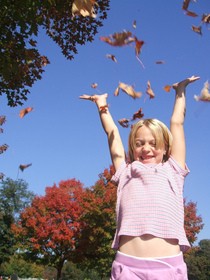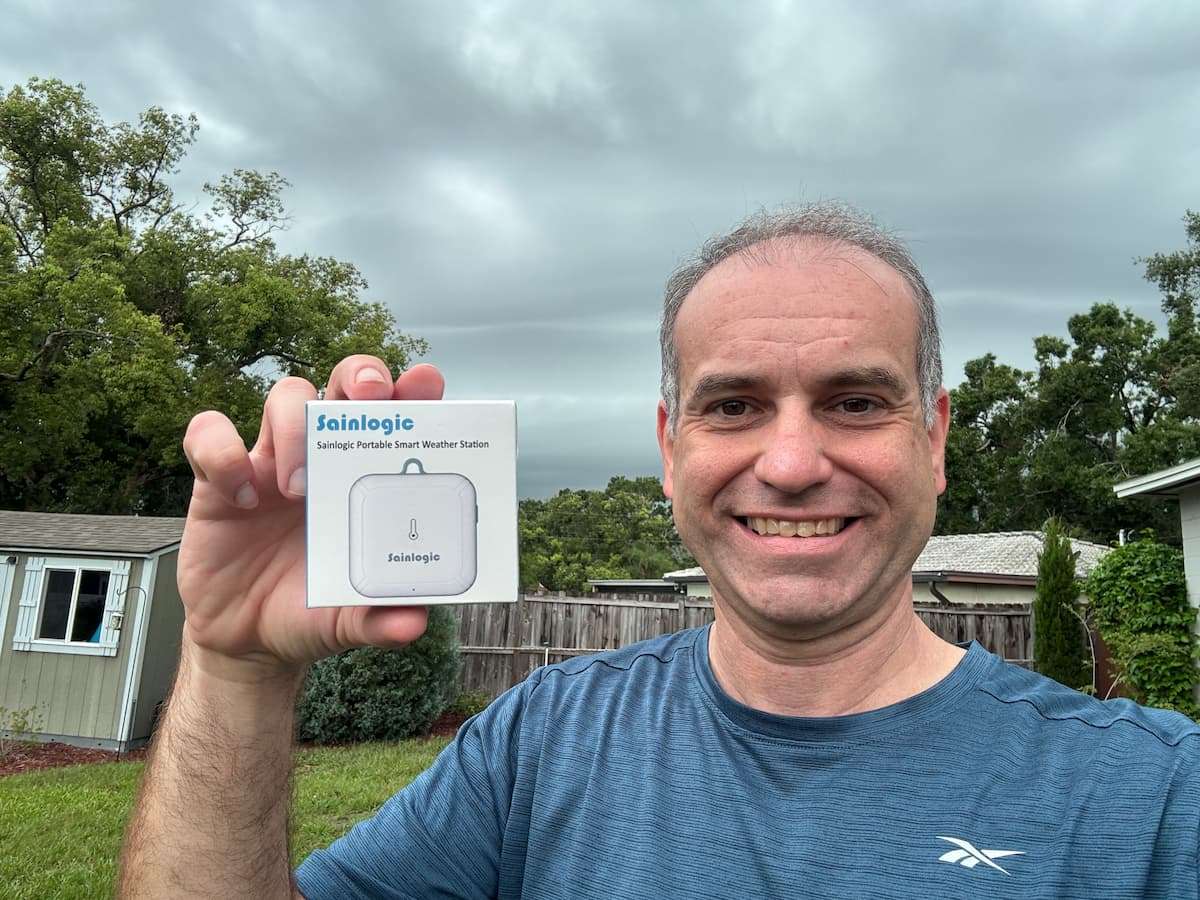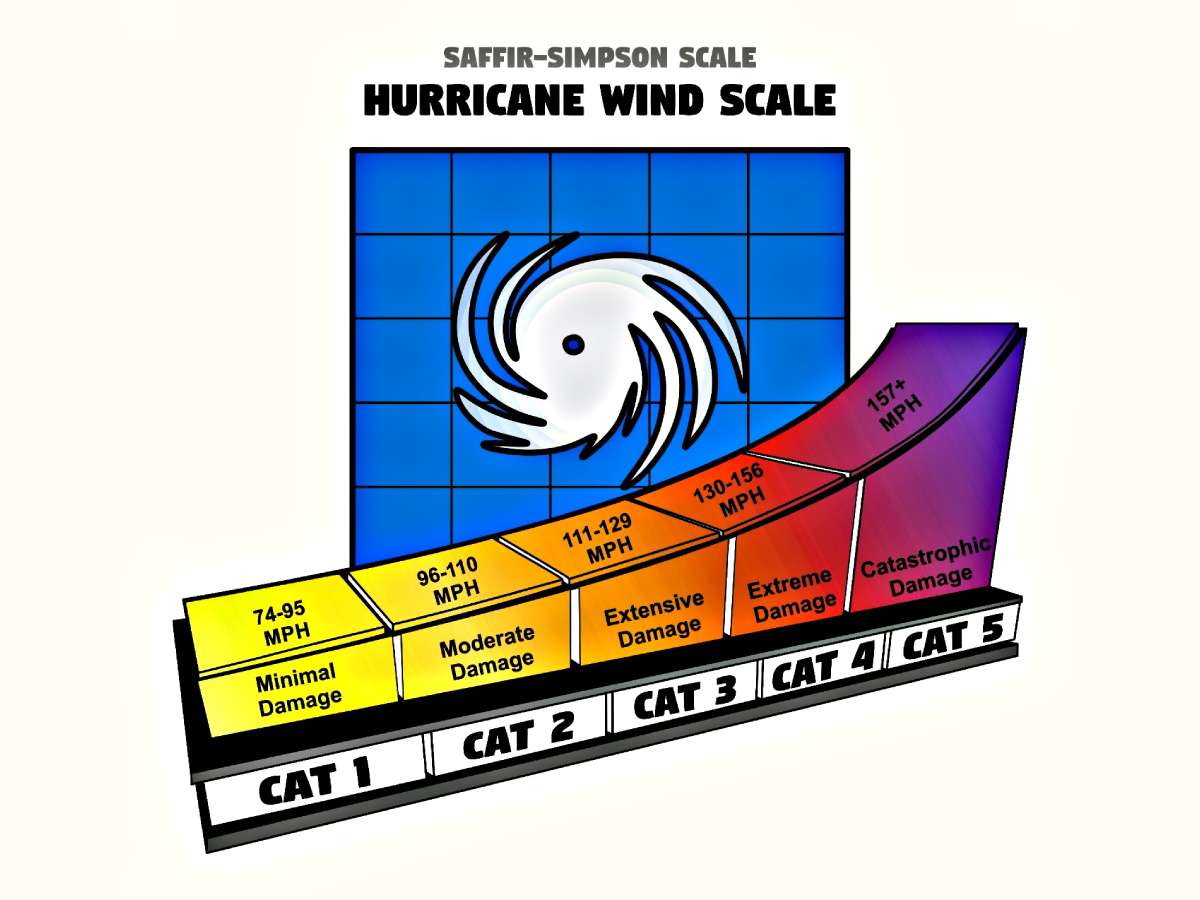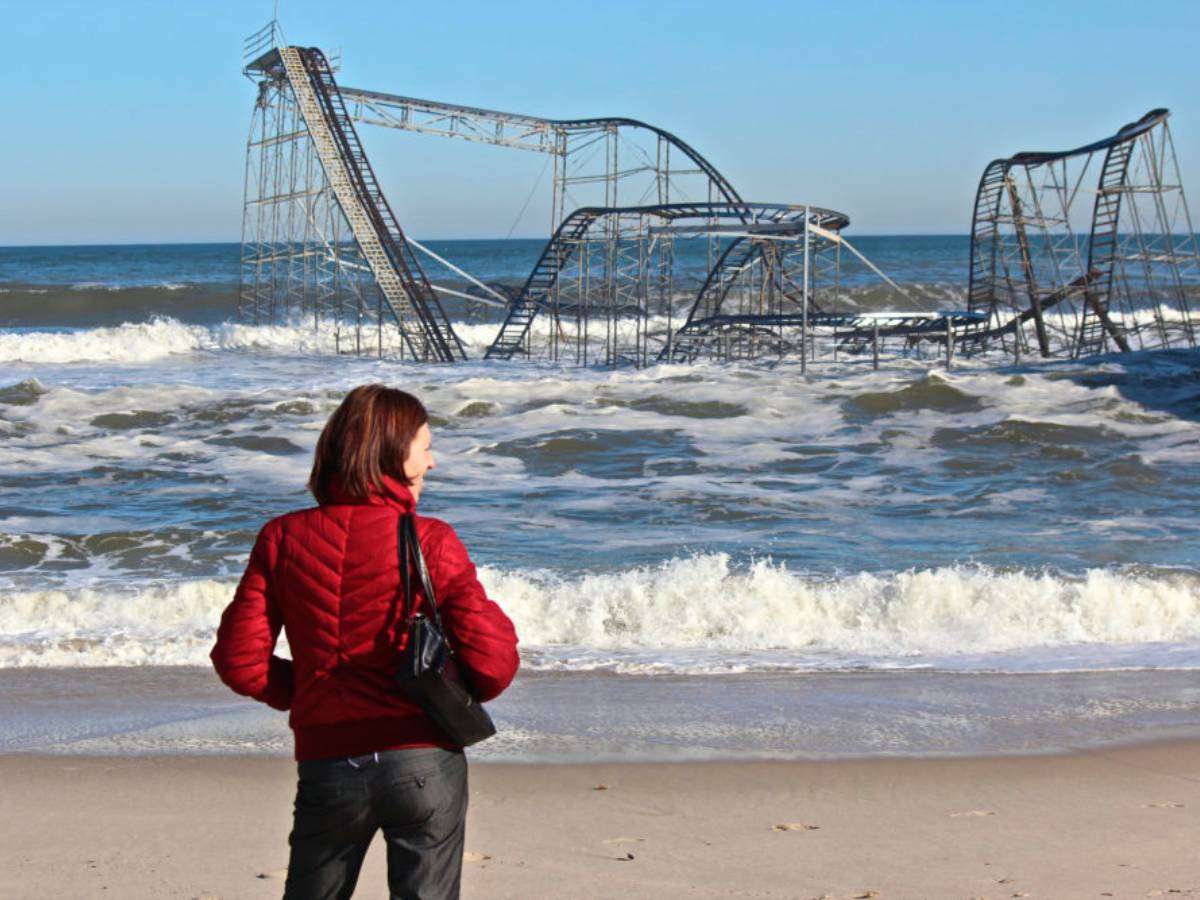 Fall is a special time of the year. For many, it represents Mother Nature’s last hurrah before the white hues and biting freezes of the winter set in. For others, fall means harvest time.
Fall is a special time of the year. For many, it represents Mother Nature’s last hurrah before the white hues and biting freezes of the winter set in. For others, fall means harvest time.
Fall also is synonymous with the scent of cinnamon; colors of red, orange, and yellow; and scenes of pumpkin carving and wreath making.
Whatever fall means to you, the autumn season is a wonderful time to get together with your kids.
Here are 4 fun ways that you can enjoy the fall colors with your children…
Simple Fall Foliage Activities For Kids
If you live in a region of the country where the leaves change color, plan a short trip and explore the colorful leaves with your kids:
- Young kids will enjoy finding and identifying colors.
- Have them draw pictures of the colorful leaves.
- Encourage them to select some fallen leaves and make crafts out of their colorful souvenirs.
- Older children may enjoy doing a project based on the science of leaf color changes, including experiments and research based around the chemicals (like chlorophyll, carotenoids, and anthocyanins) that go into the foliage color changing process.
Personalized Fall Foliage Maps
Any budding cartographers in your family?
One way to get the kids involved with the fall weather is to have them map the changes in the leaves.
While many fall foliage maps span whole counties and states, your children’s fall foliage map may cover an area as small as your neighborhood or street — maybe even your yard.
On the map, your kids can draw symbols that represent all the major trees and plants in that area. Then, as the fall colors begin to appear, your children can begin indicating on the map which trees are changing color, what colors each tree’s leaves are changing, and when the colors began to set in.
To add another educational element to the project, integrate the concepts of math by encouraging your kids to draw the map to scale.
Local Fall Foliage Reports
Do you have a child who loves to write? Or, maybe you have a child who does not like to write. Encourage your children to use one of the most important communication skills (writing, that is!) by having them keep journals, logs, or records of the fall color changes.
Fall foliage reports are common. In fact, fall foliage reports can be just as recreational and pleasurable in nature as they are practical and scientific.
While some people simply enjoy the idea of recording their observations of the changing leaf colors, many others (such as scientists) record their fall foliage observations to keep track of Mother Nature. This also enables them to get a better idea as to how weather patterns are affecting the environment.
Make sure your child keeps track of not just the actual observations but the dates and times of each entry!
Backyard Weather Reports
Fall is a dynamic time of the year. The first part of the season can start out very warm — almost summer-like — for some parts of the country. By the end of fall, snow is falling, ice is forming, and temperatures are brisk — and sometimes downright bitter!
Indeed, fall is a transition time that can be used as a great opportunity to have fun with your kids and maybe even instill some basic academic lessons.
With a thermometer, measuring cup (with inch marks), a compass, and a feel for the direction of the wind, children can monitor the weather (temperatures, amount of precipitation, and wind direction) and keep reports on their findings.
Children who keep good records may find certain patterns in their weather reports that may help them do some rough weather forecasting. For example:
- They may notice warmer temperatures seem to occur on days when the wind feels like it is coming out of the south (when in the northern hemisphere).
- They may realize that the relatively cooler days seem to be when the winds are coming out of the north.
- They may see wind patterns that correspond with areas of high pressure and low pressure.
- With a keen eye to their records, observations, and a bit of basic weather knowledge, they might be able to predict that a cold front is on the way — or has passed.
- Rain measurements are good for knowing how much rain has fallen. They may spot variances in the rain amounts which correspond with local and regional norms and averages.
Along with the fun you and your kids will have recording the weather (and even trying to guess what Mother Nature may bring next), your kids may also have the foundation of a blue-ribbon winning science project for the next school fair!




